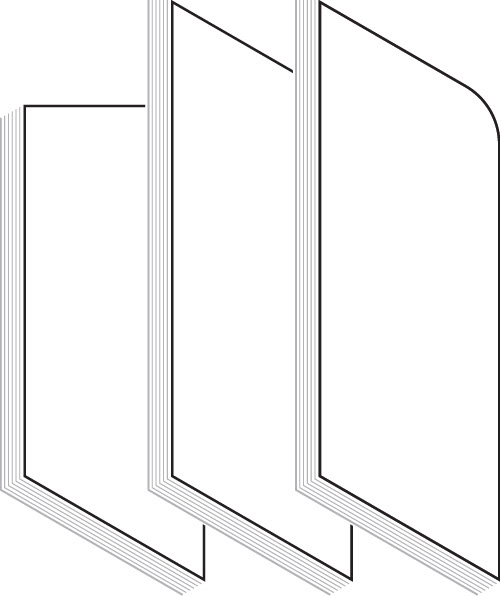Our cities live parallel lives. Globalization has had the equal and opposite effects of bringing the world closer together but driving portions of the city farther apart. The tourist city is the imaged city; a collection of isolated and memorable icons that are unified in a global context. But these icons act against an often forgotten backdrop of the resident city, the lived city that has to contend with a completely separate set of issues. Tourist bubbles have driven these parallel worlds apart, both spatially and socially. Despite this distinct separation in both imagination and policy, the experiential boundaries in New Orleans are much less clear. Over a decade post-Katrina, the city’s tourist and resident populations are rebounding, bringing with them gentrification and increasing housing costs, without actually resolving vacancy and blight. The larger question of to whom the city really belongs has manifested in the debate over legalization of short-term rentals, like Airbnb. Though restrictions attempt to keep platforms true to their home sharing origins, the most effective regulators are not a de-facto listing police, but neighbors themselves. High-level conversation is valuable, but the individual host and guest are lost in the statistics of residents and tourists.
From streetscape to shotgun, New Orleans embraces an incredibly public domestic life. This thesis explores the design potential of this liminal space to create a flexible typology that uses short term visitor income to add housing units and help long-time residents remain. While mass tourism in the past few decades has caused more harm than good, it can come from a place of empathy, a desire to understand another. This requires space for interaction to occur; the lives of hosts and guests cannot only exist in parallel, but must overlap and intertwine. Airbnb income can be used to put housing units on the market instead of take them off, and have those homes go to those who need them the most.
To contend with rising housing costs we must densify a portion of our housing stock that is often ignored by architects - the low-income single family home. Using the duplex typology common to New Orleans (that is rapidly being converted into single residences), this project expands the role of the architect to design not only a home but also an opportunity to build them.
